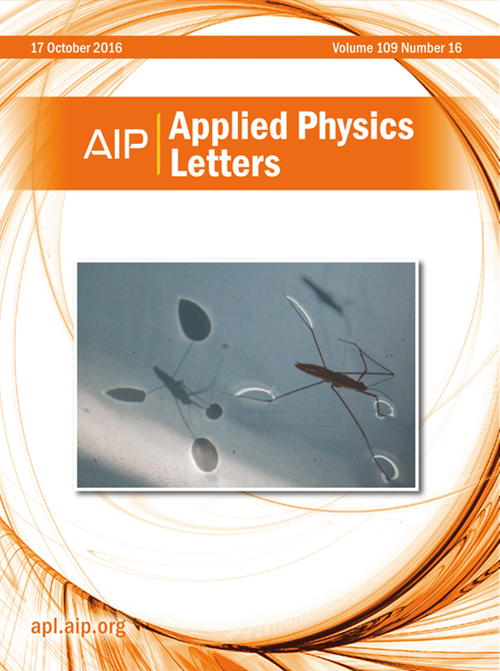基于深度学习辅助电磁声共振方法的材料硬度非接触表征
IF 3.6
2区 物理与天体物理
Q2 PHYSICS, APPLIED
引用次数: 0
摘要
本研究介绍了一种通过将电磁声共振(EMAR)与一维卷积神经网络(1D-CNN)相结合来实现材料硬度精确非接触表征的前沿方法。EMAR被战略性地用于解决非接触式测量电磁超声换能器能量转换效率低的挑战。提出了一种基于1d - cnn的神经网络,从原始信号中动态提取特征,并采用分类和回归技术直接预测材料硬度的变化。此外,EMAR信号经过仔细比较,以确定具有特定谐振频率的最佳输入,以提高模型性能。通过不同热处理金属试样的实验,验证了该方法的可行性。结果强调了这种方法在识别由热处理引起的材料硬度变化方面的有效性,所有这些都是以无创的方式实现的。本文章由计算机程序翻译,如有差异,请以英文原文为准。
Non-contact characterization of material hardness by deep learning-assisted electromagnetic acoustic resonance method
This study introduces a cutting-edge approach for achieving precise non-contact characterization of material hardness by integrating electromagnetic acoustic resonance (EMAR) with a one-dimensional convolutional neural network (1D-CNN). EMAR is strategically utilized to address the challenge of low energy conversion efficiency in electromagnetic ultrasonic transducers for non-contact measurements. A 1D-CNN-based neural network is proposed, designed to dynamically extract features from the original signals and employ classification and regression techniques to directly forecast variations in material hardness. Furthermore, EMAR signals are meticulously compared to pinpoint the optimal input featuring specific resonant frequencies to enhance model performance. The viability of the proposed method is rigorously validated through experimentation on metallic specimens subjected to diverse heat treatments. The results underscore the efficacy of this approach in discerning alterations in material hardness induced by heat treatments, all achieved in a noninvasive manner.
求助全文
通过发布文献求助,成功后即可免费获取论文全文。
去求助
来源期刊

Applied Physics Letters
物理-物理:应用
CiteScore
6.40
自引率
10.00%
发文量
1821
审稿时长
1.6 months
期刊介绍:
Applied Physics Letters (APL) features concise, up-to-date reports on significant new findings in applied physics. Emphasizing rapid dissemination of key data and new physical insights, APL offers prompt publication of new experimental and theoretical papers reporting applications of physics phenomena to all branches of science, engineering, and modern technology.
In addition to regular articles, the journal also publishes invited Fast Track, Perspectives, and in-depth Editorials which report on cutting-edge areas in applied physics.
APL Perspectives are forward-looking invited letters which highlight recent developments or discoveries. Emphasis is placed on very recent developments, potentially disruptive technologies, open questions and possible solutions. They also include a mini-roadmap detailing where the community should direct efforts in order for the phenomena to be viable for application and the challenges associated with meeting that performance threshold. Perspectives are characterized by personal viewpoints and opinions of recognized experts in the field.
Fast Track articles are invited original research articles that report results that are particularly novel and important or provide a significant advancement in an emerging field. Because of the urgency and scientific importance of the work, the peer review process is accelerated. If, during the review process, it becomes apparent that the paper does not meet the Fast Track criterion, it is returned to a normal track.
 求助内容:
求助内容: 应助结果提醒方式:
应助结果提醒方式:


